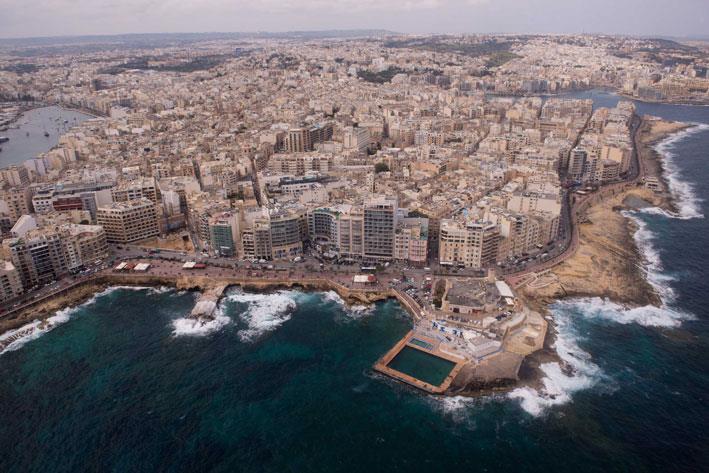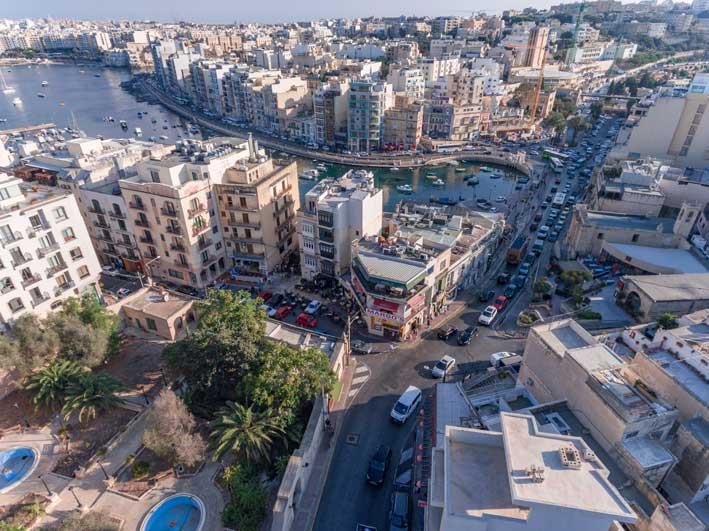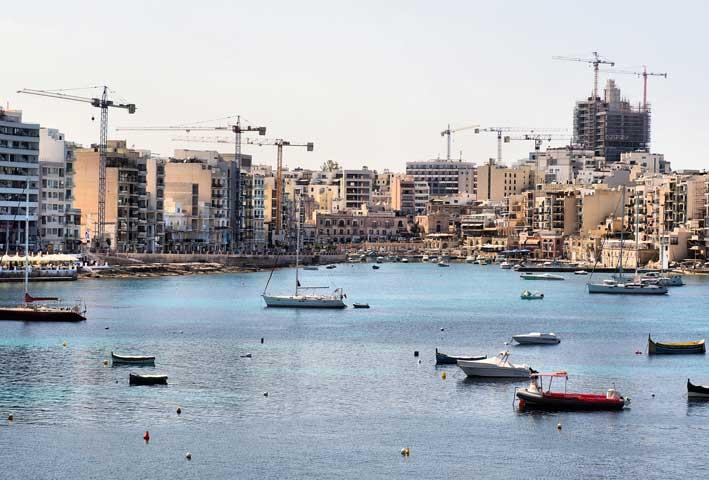Average rental prices in Malta, excluding Gozo, have risen by roughly 47 per cent between 2013 and 2016, a report commissioned to KPMG shows.
While head of the Malta Developers Association (MDA) Sandro Chetcuti maintains that that there is no property bubble on the horizon, backed up by studies commissioned by the MDA itself, prices in the rental market are rapidly increasing. The report attributes the main upward trend in rental prices to expats who are being charged what they can afford to pay.
The study warned that the rental market is ‘overheating’.
Between 2013 and 2016, prices in the central region of Malta went up by 45 per cent (€565 to €822), the Grand Harbour saw an increase of 49 per cent (€751 to €1,118), the Northern harbour region saw an increase of 49 per cent (€721 to €1,074), the North West experienced at 47 per cent increase (€554 to €814) and lastly, the South also experienced an increase of 47 per cent (€554 to €814).
In total, this translates to a global average increase of €47.4 per cent.
KPMG commented that for properties around the Sliema and St Julian’s area tend to “be rented out to working expats, and prices according to their ability to pay”.
The report was commissioned by the MDA to KPMG.
“During consultations with real estate agencies, we were made aware that in some instances, rental rates are increased in a bidding war between potential tenants”.

Affordable rental prices
Perhaps of most concern for low-income families or single young-adults wishing to leave the family home is the fact that listings for properties priced under €400 per month were “proportionately highest in 2013 at 11 per cent” of the sample used for the purposes of this study. At this stage unfortunately, no listings of rental homes priced under €400 per month in the 2016 sample size.
Therefore, those on the national minimum wage of €735 per month are finding it very difficult to find affordable rental prices across Malta, as has been highlighted by various media stories and NGOs.
The database use for rental properties is much thinner than that of properties for sale, however the study uses a total of 20,257 observations across four years and across various localities.
“Inflation in the rental market should be carefully monitored, as a shortage of affordable properties would negatively impact low-income households who are unable to put together the necessary savings to afford the down-payment required by a bank for a mortgage.
“Additionally, rising rental prices will also be problematic for expatriate workers in low-paid occupations who must find permanent accommodation from day one of their arrival in Malta.”

Market disequilibrium in rental market
Researchers noted a steady level of market disequilibrium in the rental market with both ends of the spectrum – high-end and low-end – being largely effected.
It noted a shortage of rental properties in the €400-€700 monthly price range, with demand far outstripping supply. Further to this, a shortage was found in the supply of very high-end rental properties where around €3,500 per month is normally charged.
On the other hand, consultations with rental agencies and other stakeholders found that apartments in the €1,500-€3,000 per month price range are in high supply, however “demand for such rentals is low, particularly since Maltese families would not typically afford such rates”.
Properties for Sale
Property prices rose by an average of 24 per cent between 2013 and 2016, with the average apartment costing some €228,000. It was observed however that prices in the Northern Harbour district could be double that of other districts across the island.
The report also confirms how garage space has increased the value added to a property significantly, adding an average 35 per cent premium to the value of a property.
Properties with a seafront could have their value raised by some 50-70 per cent depending on where the property is situated.
Properties within the €100,000-€150,000 range are among the most in demand, with the report noting that “due to their limited supply, market forces are continuously pushing prices for properties upwards, making it even less affordable for certain segments of the population”.
“..demand for two/three bedroom apartments in the €100,000-€150,000 price range is not being fully satiated.”

KPMG’s study concluded that single individuals earning a median wage, or a couple were both parties are earning the minimum wage, are likely to find difficulty in finding affordable properties due to restricted supply.
A recommendation was also made for the launch of a specialised working group with the aim of detailing specific policy to tackle those parts of the population who suffer from the supply gap in the low-end property market.
Headline figures from the report
Headline figures highlighted in the report are as follows:
The total direct, indirect and induced output from the construction industry is estimated to be around €2.55 billion.
In terms of Gross Value Added, which is a subset of output, the total direct and indirect contribution to GVA (excluding induced effects) from construction and real estate industries is estimated to be around €1.22 billion, which is almost 15 per cent of total GVA.
The direct contribution to GVA (excluding indirect and induced effects) from the wider construction industry as defined in this report is estimated to be around €0.91 billion – roughly 11 per cent of total GVA.
The wider construction industry as defined in this report generates employment of around 16,491 Full Time Equivalents (FTEs) – 9.58 per cent of total. When indirect employment is considered, the figure goes up to 31,451 jobs created (18.27 per cent of total) and again to 35,275 jobs (21.66 per cent of total) when induced employment is added.